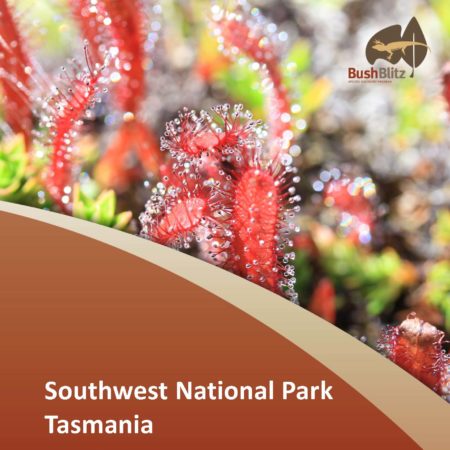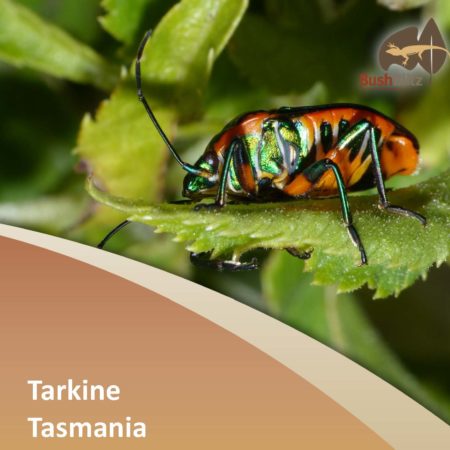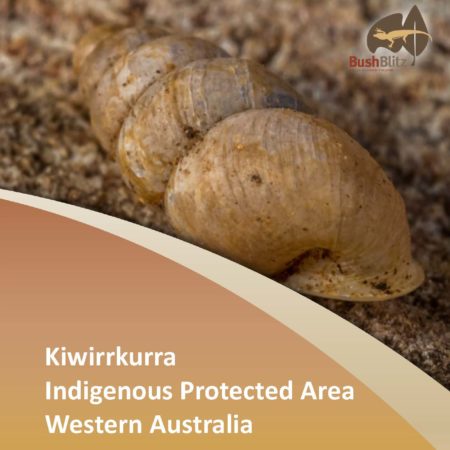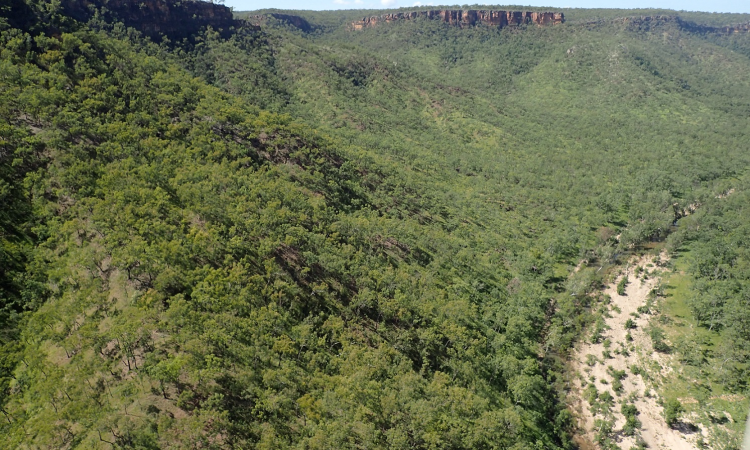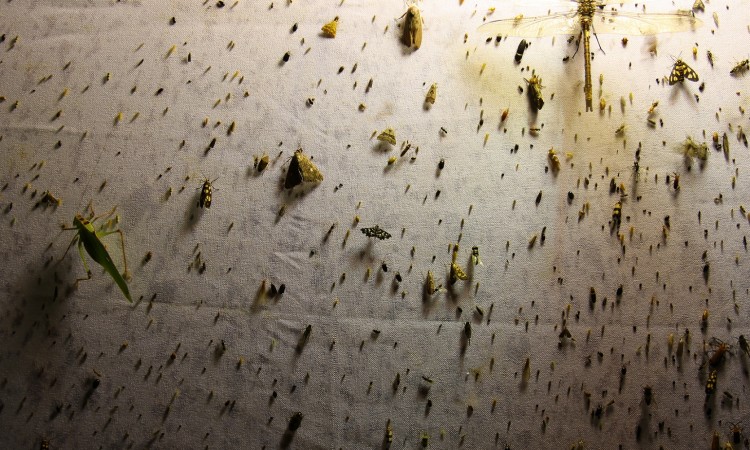In February 2016, a Bush Blitz was conducted in southern Tasmania. Scientists recorded 1244 species, at least 458 of which had not previously been recorded in the region and 64 may be new to science. Two threatened animal species and six threatened plants were recorded, as well as 17 exotic or pest animal species and […]
Author: Bush Blitz
Tarkine Tasmania, 2015
In January to February 2015, a Bush Blitz was conducted in the Tarkine region of north-western Tasmania. Scientists recorded 1430 species, of which 1067 had not previously been recorded in the region and 34 may be new to science. While many of the inland sites visited were pristine and free of exotic species, 23 exotic […]
Kiwirrkurra IPA, 2015
In September 2015, a Bush Blitz was conducted at Kiwirrkurra Indigenous Protected Area (IPA) in Western Australia. Scientists recorded 664 species, at least 375 of which had not previously been recorded in the IPA and 42 may be new to science. Three threatened animal species were recorded as well as six exotic or pest animal […]
A day in the outdoor office
One day, the team from the Quinkan Bush Blitz made plant collections on a traverse from the top of this sandstone plateau through a rainforest gully and emerged onto the flats of the upper Mosman River. The view from the front of the chopper showed us what we were in for – I’m glad we’d […]
Up close and personal with Quinkan critters
Spider expert, Dr Robert Raven, had to think like a tarantula to catch this specimen. If you think you’re brave enough, check out this close-up footage of a few of the critters that he and other scientists have found on the Quinkan Bush Blitz. Quinkan Critters video filmed and edited by Robert Whyte
More visitors to the Quinkan lab
A day after our school visit, the Quinkan Bush Blitz lab was thrown open to the community to share our work and finds so far. More than thirty locals enjoyed a sumptuous barbecue at the Laura Roadhouse, chatting with the scientists and enlightening us about the special country on which we are fortunate enough to be […]

